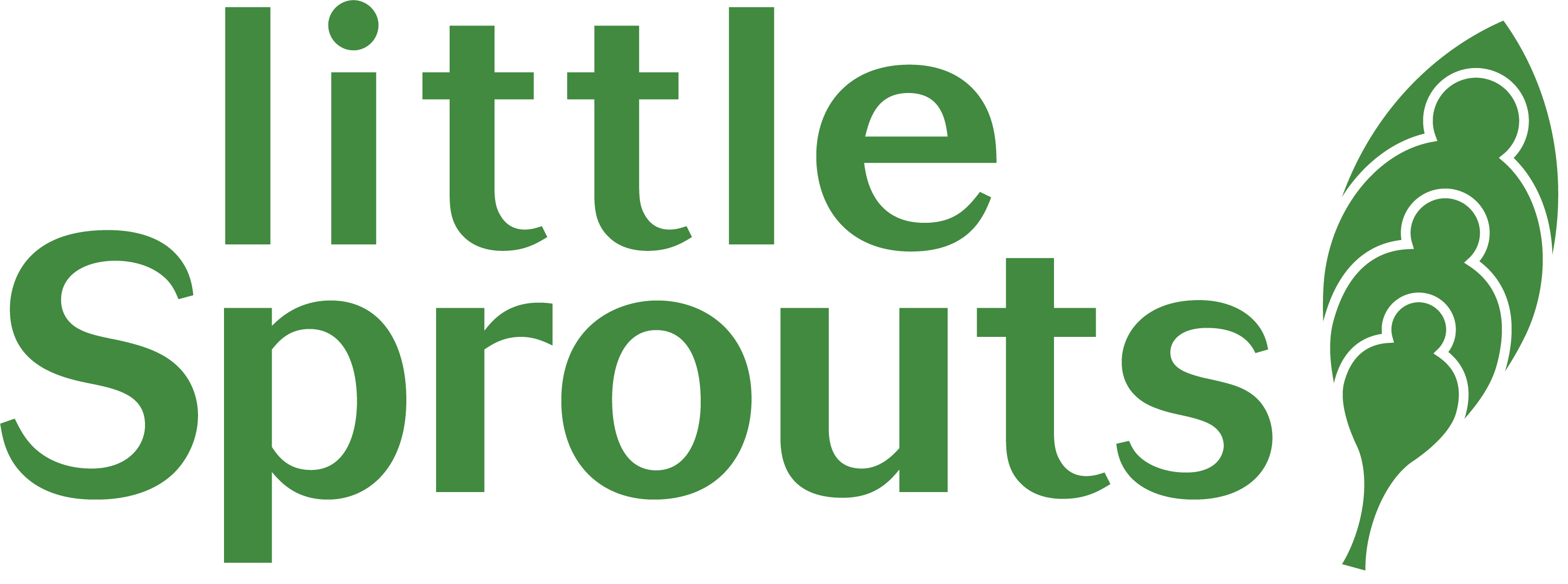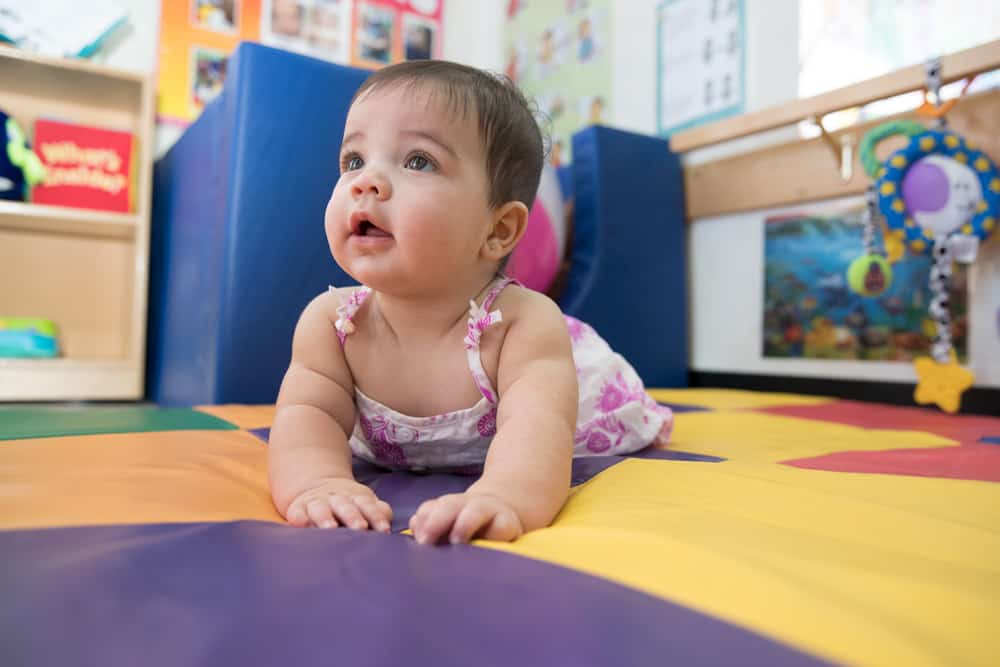Infant learning begins the moment your baby enters the world. As a newborn, your baby’s reactions are driven by their rooting reflex, an impulse to respond to stimuli in search of food. On the outside, your baby appears to be “going through the motions” of being a baby—sleeping, eating, and crying. What you can’t see is that they’re simultaneously absorbing loads of information about the world around them. At just three weeks old, your baby’s reflex to turn towards a food source is no longer just a reflex — they’re able to recognize their food source and respond accordingly.
Infant learning can be difficult to identify, as babies don’t have the language to express whether or not they have a sense of spatial awareness, or are building their social-emotional skills. However, there are many surprising ways to identify that your child is meeting these growth milestones. Check out some of the ways infant development specialists measure infant learning, and find out more about how you can support your baby’s earliest stages of education through play!
Infant Learning Milestones
0-2 months
- Begins to smile
- Can calm themselves
- Coos, gurgles
- Follows with eyes, begins to act bored
- Smoother physical movements
2-4 months
- Likes to play with people, copies movements
- Babbles, has different distinctive cries that signal different needs (hungry vs. sleepy cry)
- Responds to affection, reaches
- Recognizes familiar people at a distance
4-6 months
- Recognizes strangers
- Enjoys looking in the mirror
- Begins to babble
- Interacts with toys by shaking or swinging
6-9 months
- Likes to play with others
- Responds to their own name
- Shows curiosity, tries to grasp out-of-reach objects
- Rocks back and forth
9-12 months
- May be clingy with familiar adults
- Shows preference for certain toys
- Understands “no”, points at objects
- Watches the path of a falling object
Babies learn at different rates, so if your baby hasn’t met every infant learning milestone on schedule, it’s not necessarily a cause for concern. The CDC recommends contacting your pediatrician if your child does not: respond to loud sounds, watch things as they move, smile at people, bring their hands to their mouth, or hold their head up when pushing on their stomach.
Early education is an effective and enjoyable way for your child to gain key learning experiences in their early years. One way parents can give their children a head start in infant learning is by enrolling them in an education program that provides enrichment and opportunities for socialization. Our program at Little Sprouts is designed to address these foundations of learning for infants, toddlers and preschoolers alike.
Help your baby learn
Play is the ultimate way to help your baby learn about the world around them. Time spent with your child playing peek-a-boo or singing a lullaby stimulates learning. Think of the five senses and your baby’s physical development when considering your at-home “curriculum.”
Sight
Make your child’s play spaces a feast for the eyes by including bright, bold patterns. Contrasting colors and black and white stripes provide the most stimulation for a newborn’s retinas, which cannot distinguish between subtle color and shade changes. Include mirrors to help your baby recognize faces and experiment with cause and effect.
Sound
Make music and sound an integral part of your child’s playtime by incorporating rattles and other simple musical instruments. Music is soothing and helps your child build sound recognition–consider playing music or singing a lullaby to your child throughout the day.
Talk to your baby in “Parentese” instead of “baby talk.” Child development experts suggest that there’s a difference between the sing-song voice many people are compelled to use when speaking to a baby (“Parentese”) and “baby talk,” which is using incoherent or nonsensical words. The elongated vowels, high pitch, exaggerated facial expressions and short, simple sentences actually help infants learn language. Their brains are “mapping” the sounds they are hearing, and talking in a way that gets their attention helps them learn to speak and understand language.
Touch, Taste & Smell
Touch is an important part of sensory play. Encourage learning by surrounding your infant with different textures, from soft blankets to bumpy rubber toys. There are many ways you can create your own sensory toys using basic items from around the house. Create a tugging box using different ribbons and strings, or create a simple squishy mat with shaving cream and a plastic bag.
Mealtime is another opportunity for your child to use their senses to build their vocabulary. As your baby grows and begins to transition to solid foods, forget the rule about never playing with your food. According to a study regarding children’s interactions with food, children learn to identify non-solid objects by “poking, prodding, touching, feeling, eating [and] throwing” substances.
Strength
Aside from developing their senses, babies spend a lot of time during their first year of life developing muscles and building physical awareness, so that they can explore and interact with the world around them, and prepare for the day that they “leave the nest.”
You can help your baby build physical strength by putting him or her on their stomach, which strengthens the neck and back muscles they’ll use to support their head and pull themselves up. (It’s extremely important that you never leave a baby unsupervised during any exercise or activity.) Purchasing a baby play center or chair will also encourage your child to twist, bounce and refine gross and fine motor skills.
While many of these activities may be second-nature to parents, it’s important to know the ways in which they’re helping your child grow. With the knowledge of how and what your baby is learning, the opportunities to expand their learning environment and routine are endless.

